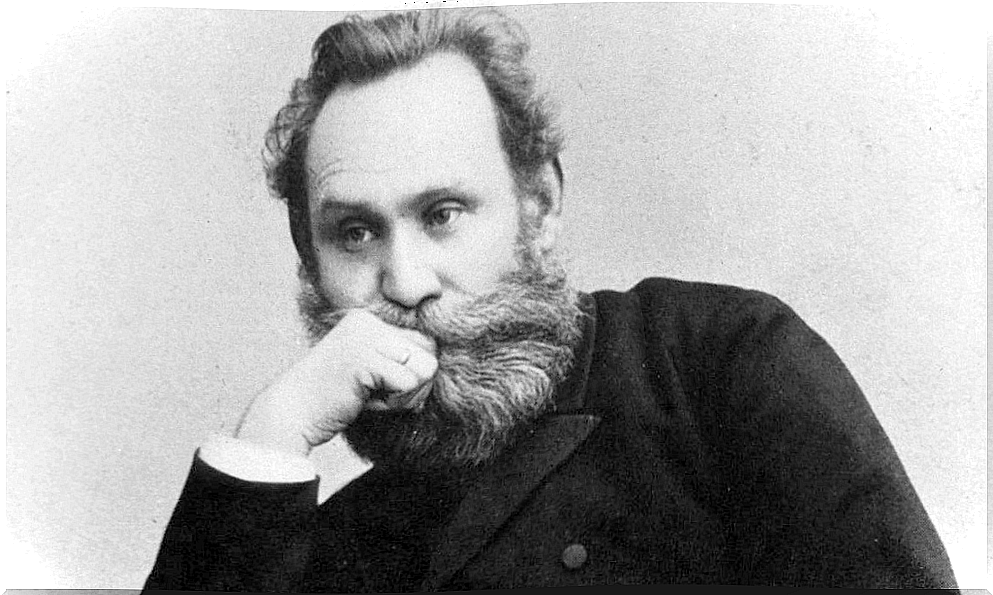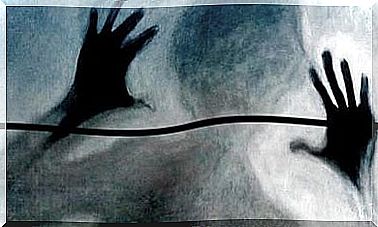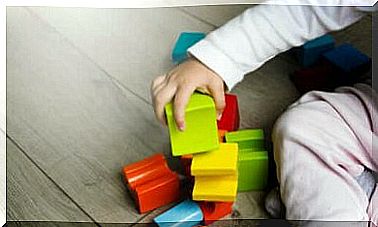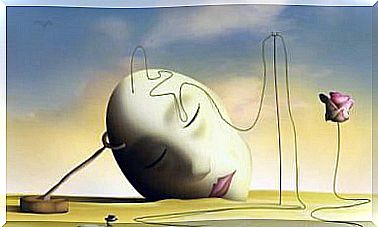What Is Classical Conditioning In Psychology?
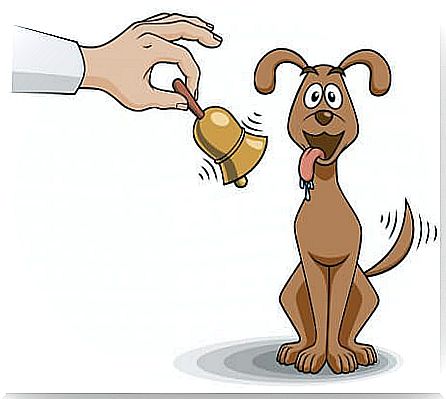
Classical conditioning is a type of learning that has had a great influence on behavior. It is in fact a systematic approach in psychology that appeared in the 19th century which assumes that many behaviors are the product of an association. Reflexes produced by a conditioned response to certain stimuli. This association is also a consequence of this person’s history.
Russian physiologist Ivan Pavlov, along with John B. Watson, is the greatest exponent of classical conditioning, one of the key processes of behaviorism, along with operant or instrumental conditioning.
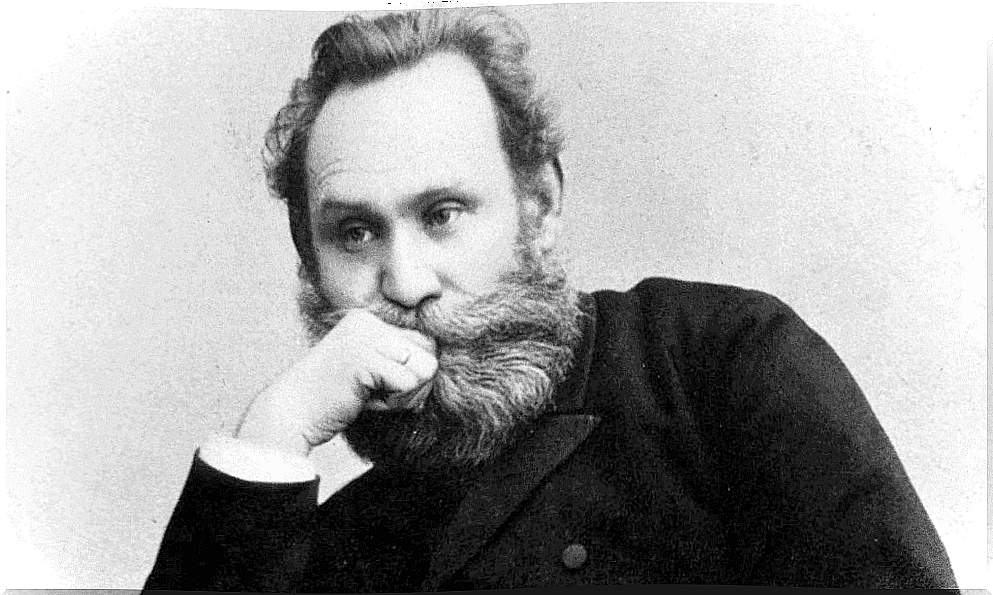
What is classic conditioning?
Behavioralism is based on the assumption that all learning occurs through interactions with the environment, which shapes behavior (teaches). In classical conditioning, therefore, the learning process occurs through the association of an initial stimulus (e.g., the smell of food) that elicits a regular and measurable unconditioned response (e.g., salivation) in the body, with a neutral event (eg noise) that did not elicit a response (salivation) prior to conditioning.
After several consecutive presentations of a spatiotemporal character, the neutral event acquires the functions of the initial stimulus, eliciting the same response as that. This way, a noise could end up producing salivation.
It is also important to keep in mind that classical conditioning consists of placing a neutral signal before a natural reflex. In the classic experiment of Pavlov with dogs, the neutral signal was the sound of a tone and the natural reflex was salivation in response to food. By combining the neutral stimulus with the environmental stimulus (presentation of food), the sound of the tone (conditioned stimulus) could produce the salivation response.
How Classic Conditioning Works: Basics
Classical conditioning consists of forming an association between two stimuli that lead to a learned response. There are three basic phases that appear in this process:
Phase 1: before packaging
The first part of the classic conditioning process requires a stimulus (we’ll call it unconditioned) that will automatically trigger a response. For example, following the example presented above, salivation in response to the smell of food is a natural stimulus.
During this phase of the process, the unconditioned stimulus will cause an unconditioned response. For example, the presentation of food (unconditioned stimulus) naturally and automatically triggers a salivation response (unconditional response).
There is also a neutral stimulus which still has no effect. When this neutral stimulus matches the unconditional stimulus, then the evocation of a response will appear.
So, the unconditional stimulus is one that triggers a response unconditionally, naturally and automatically. For example, perceiving the smell of a food that is very popular can trigger hunger. Here, the smell of food is the unconditional stimulus.
The unconditioned response is the unlearned response that occurs naturally in response to the unconditioned stimulus. That is, the feeling of hunger in response to the smell of food is the unconditional response.
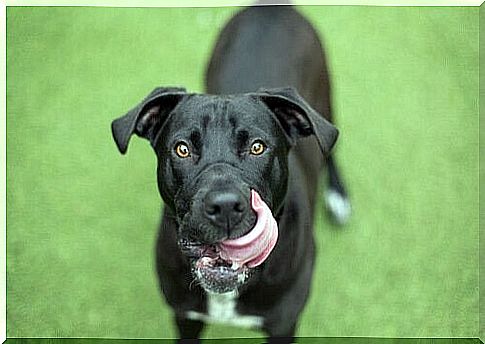
Phase 2: during conditioning
In the second phase of the classical conditioning process, the previously neutral stimulus repeatedly associates with the unconditioned stimulus. As a result of this pairing, an association is formed between the previously neutral stimulus and the unconditional stimulus. In this way, the previously neutral stimulus is called the conditioned stimulus. The subject has now been conditioned to respond to this stimulus.
The conditioned stimulus, after being associated with the unconditioned stimulus, triggers a conditioned response. So, if at the same time as we smell a food that we like, we hear a hissing sound, and this happens several times, eventually the whistle will cause the conditioned response. In this case, hissing is the conditioned stimulus.
Phase 3: after conditioning
Once the association between the unconditioned stimulus and the conditioned stimulus has been made, presentation of the conditioned stimulus will not elicit a response. And this even without the presentation of the unconditioned stimulus.
The resulting response is known as the conditioned response. The conditioned response is the learned response to the previously neutral stimulus. In the previous example, the conditioned response would be to be hungry upon hearing the whistle.
Key principles of classical conditioning
Behaviorists have described a series of different phenomena associated with classical conditioning. Some of these elements involve the initial establishment of the response, while others describe the disappearance of a response. These elements are important for understanding the classical conditioning process.
Acquisition is the initial phase of learning when a response is established and gradually strengthened. During the acquisition phase of classical conditioning, a neutral stimulus repeatedly associates with an unconditioned stimulus.
Remember that the unconditioned stimulus is something that naturally and automatically triggers a response without any learning. Once the association is established, the subject begins to exhibit behavior in response to the previously neutral stimulus, which is now known as the conditioned stimulus. At this point, the answer has been acquired.
Extinction occurs when the appearance of a conditioned response decreases or disappears. In classical conditioning, this occurs when a conditioned stimulus no longer associates with an unconditioned stimulus.
However, sometimes a learned response can suddenly resurface. Even after a period of extinction. Spontaneous recovery is the reappearance of the conditioned response after a period of rest or a period of diminished response. If the conditioned stimulus and the unconditioned stimulus are no longer associated, extinction will occur very quickly after spontaneous recovery.
Stimulus generalization is the tendency of the conditioned stimulus to evoke similar responses once the response is conditioned. In the famous Little Albert experiment , John B. Watson conditioned a young child to fear a white rat. The child demonstrated generalization of the stimulus while also being afraid of other fuzzy white objects.
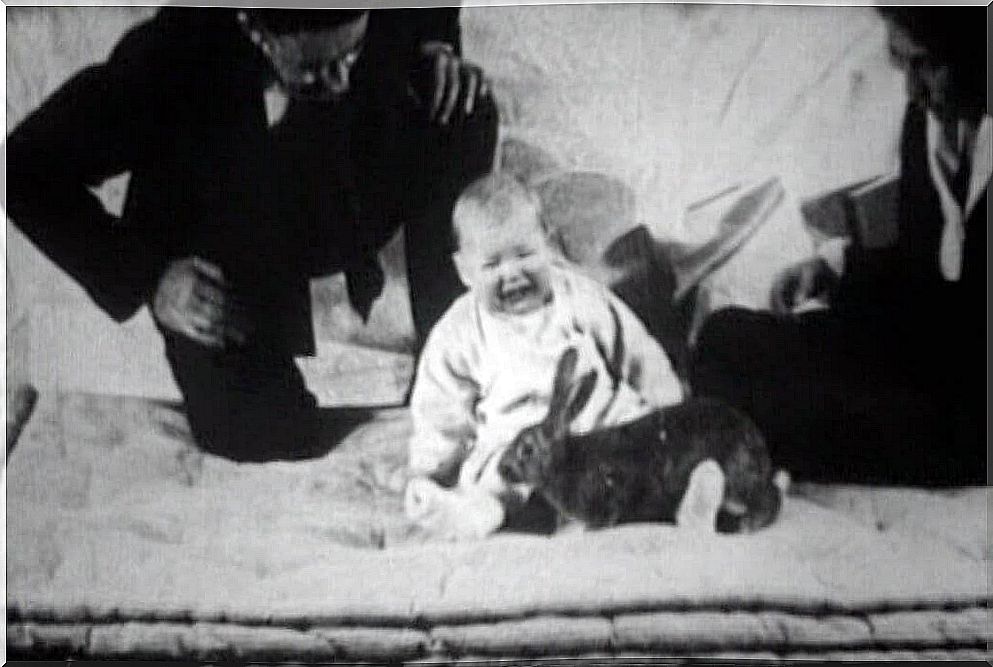
Discrimination is the ability to differentiate between a conditioned stimulus and other stimuli not associated with an unconditional stimulus. Thus, when the subject is able to distinguish two stimuli, he responds only when the conditioned stimulus is present.
The five key principles of classical conditioning are acquisition. Extinction. Spontaneous recovery Generalization of the stimulus. And the discrimination of the stimulus.
Classic packaging and advertising
We can currently find many clear examples of the application of classical conditioning theory. One of them, of great importance, is advertising. Indeed, advertising uses classic conditioning as a tactic to get a response.
Advertising in game shows is one of many examples. Through the stimulating and positive environment of a game show, the viewer can actually begin to generate an interesting response to the ad due to its association with the environment.
